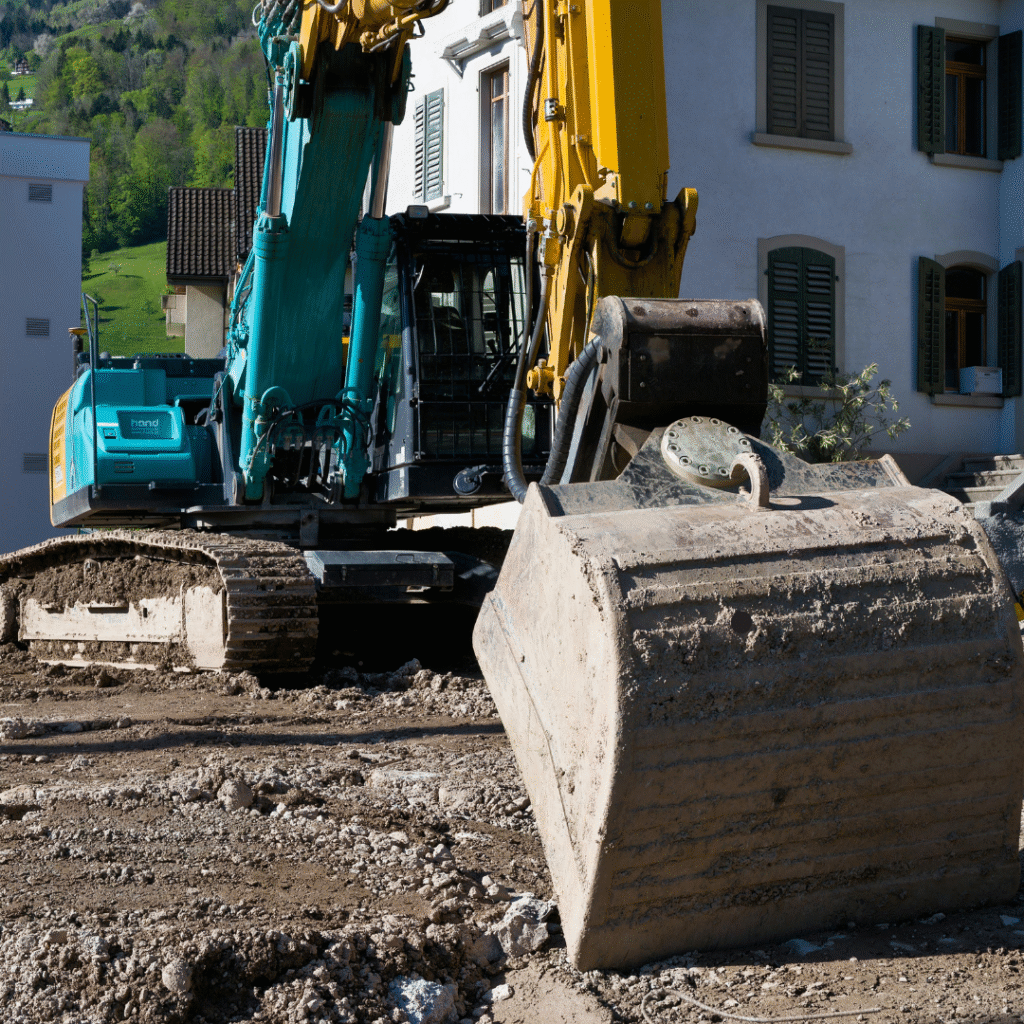
Get In Touch
How Sustainable Building Materials Are Shaping the Future of Construction
The construction industry has long been a significant contributor to environmental challenges, responsible for high energy consumption, resource depletion, and considerable greenhouse gas emissions. However, a transformative shift is underway as sustainable building materials rise in prominence, reshaping the way we design, build, and live in structures.
What Are Sustainable Building Materials?
Sustainable building materials are resources that are eco-friendly, energy-efficient, and produced with minimal environmental impact. They focus on durability, recyclability, low embodied energy, and reduced pollution. Unlike traditional materials like conventional concrete and steel, which often have heavy carbon footprints, sustainable alternatives prioritize long-term ecological balance.
Key Sustainable Materials Transforming Construction
Recycled Steel
Traditional steel production is energy-intensive and produces significant emissions. Recycled steel uses scrap metal, reducing energy usage by up to 75%. It is durable, strong, and ideal for structural frameworks while minimizing waste.Bamboo
Bamboo grows rapidly—up to a meter a day—and can be harvested in a few years, unlike hardwood trees that take decades. It offers excellent tensile strength, is lightweight, and serves as a renewable alternative for flooring, panels, and even structural elements.Rammed Earth and Compressed Earth Blocks
These materials use natural soil and require minimal processing, reducing the need for cement or chemical additives. They provide excellent thermal mass, reducing heating and cooling energy requirements.Recycled Plastic Components
Waste plastic can be transformed into building blocks, insulation materials, and panels. This helps reduce plastic pollution while offering waterproof, durable construction elements.Hempcrete
Made from hemp fibers mixed with lime, hempcrete is a natural, breathable insulation material that is lightweight, fire-resistant, and carbon-negative. It helps maintain indoor air quality and temperature without excessive energy use.
Environmental Benefits
Lower Carbon Footprint
Sustainable materials reduce embodied carbon in construction. For example, using recycled steel or bamboo instead of virgin concrete significantly lowers CO₂ emissions.Waste Reduction
Materials like recycled plastic and reclaimed wood help divert waste from landfills and reduce resource extraction.Energy Efficiency
Materials such as hempcrete and rammed earth provide superior thermal insulation, reducing the need for heating and cooling systems, thereby lowering energy bills and environmental impact.
Economic Advantages
Although some sustainable materials may have a higher upfront cost, they offer long-term savings through durability, energy efficiency, and reduced maintenance. Green buildings also often qualify for tax incentives, green certifications (like LEED), and higher resale value, making them attractive for investors and homeowners.
Challenges and Solutions
Limited Awareness
Many developers hesitate to adopt sustainable materials due to a lack of awareness or perceived complexity. Educating industry professionals about the benefits and best practices is crucial.Supply Chain Constraints
The availability of certain eco-friendly materials is still limited in some regions. Partnerships with specialized suppliers and investment in local production can bridge this gap.Regulatory Hurdles
Building codes and standards may not always recognize innovative materials. Advocating for regulatory updates and demonstrating material performance helps accelerate adoption.
The Future Is Green
At Shyam Constructions, we strongly believe in building a sustainable future. We integrate eco-friendly materials and practices into every project—be it residential, commercial, or industrial. Our goal is to create structures that not only stand the test of time but also protect the planet for generations to come.
Conclusion
Sustainable building materials are not just a trend—they represent the future of responsible construction. By reducing environmental impact, enhancing energy efficiency, and providing economic benefits, these materials are paving the way toward smarter, greener, and more resilient buildings. It’s time for developers, architects, and homeowners to embrace sustainable solutions and lead the industry into a greener tomorrow.

